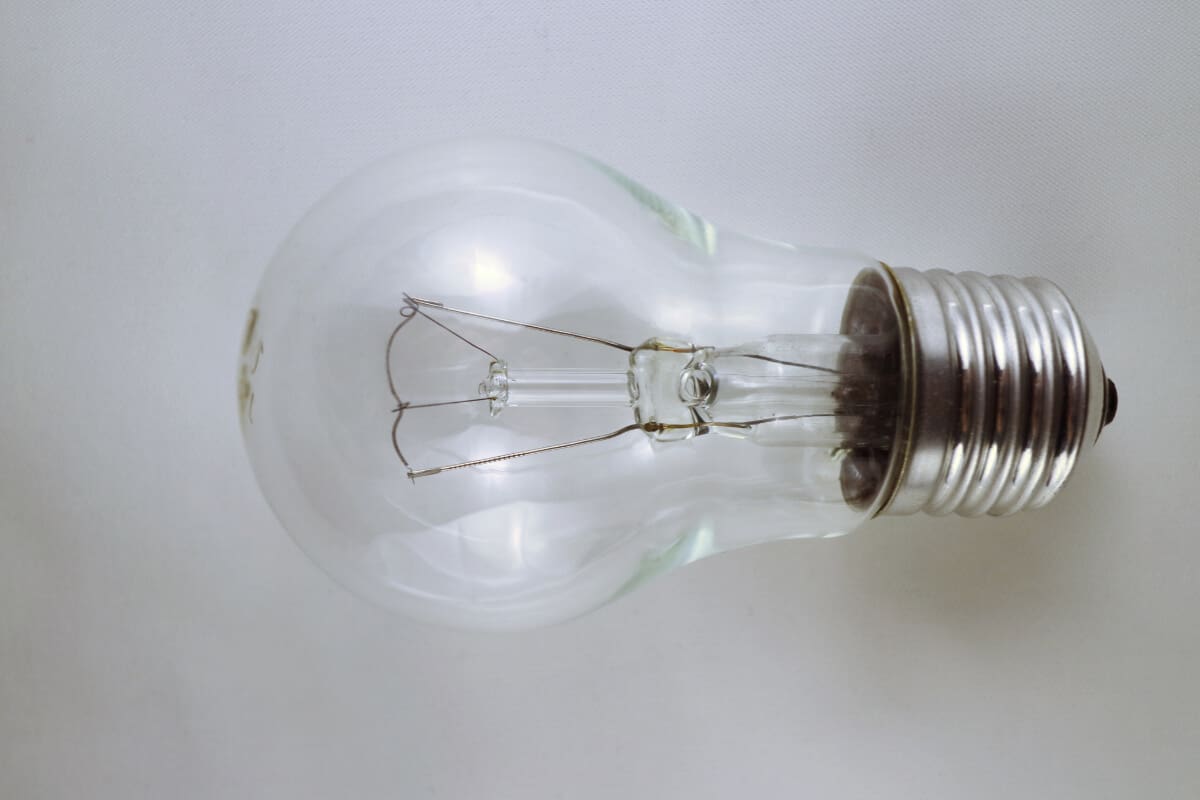The humble glow of a 60-watt incandescent light bulb has long served as a beacon of comfort in homes and workplaces worldwide. The technology is elegant at its heart: an electrical current dances through a slender tungsten filament, warming it to a temperature where it emits a soothing, familiar radiance.
Yet, as timeless as this image may be, the principles underlying these light bulbs’ operation reveal a fascinating interplay between electricity, materials science, and the quest for efficiency. As we explore these glowing orbs, we prepare to unravel the complexities of the incandescent bulb, taking a journey from their well-loved luminance to the factors driving their gradual exit from the center stage of lighting.
Table of Contents
- Understanding Incandescent Technology
- Efficiency and Energy Use
- Heat Output and Safety Concerns
- The Phase-Out of Incandescent Bulbs
- Future Trends and Alternatives
- Related Content
Understanding Incandescent Technology
Understanding the Inner Glow: The Classic Incandescent Bulb Explained
In modern technology, the classic incandescent bulb stands as a testament to where we began: its simplicity an elegant reminder of the innovative brilliance of yesteryear. But how does this iconic piece of tech illuminate our world?
At its heart, the incandescent bulb is a marvel of simplicity in an increasingly complex world of gizmos and gadgets. It operates on a principle so essential it’s genius. When you flick that switch, electricity flows into the bulb and is greeted by a thin wire known as a filament. This filament, usually made of tungsten, has a job that would make any tech enthusiast respect the hustle: it resists electricity.
Energy is released as heat as the electrical current struggles against the filament’s resistance. Yes, that’s right—the bulb’s glow is the filament getting so hot it can’t help but shine. At temperatures around 4,500 degrees Fahrenheit, tungsten becomes excitable and emits a warm, comforting light.
Inside the bulb, you won’t find the standard atmosphere we breathe but an inert gas like argon. By playing the role of an understudy, this gas protects the tungsten filament, slowing its evaporation and prolonging the life of our incandescent friend.
True, they may not have the efficiency of their LED or fluorescent relatives. But there’s an unmistakable allure to the incandescent bulb—a warm, continuous spectrum of light that has illuminated generation after generation. Forget all the fancy jargon; at the end of the day, the incandescent bulb is about a thin strip of metal that gets so hot it lights up our lives. Simple? Absolutely. Effective? Undeniably.
As the world moves towards more energy-efficient solutions, the humble incandescent bulb reminds us of the sheer power of resistance and the beauty of light in its most elemental form. It’s a fundamental piece of technology that sparked the lightbulb moments of the past and now serves as a bridge between yesterday’s simplicity and tomorrow’s innovation.
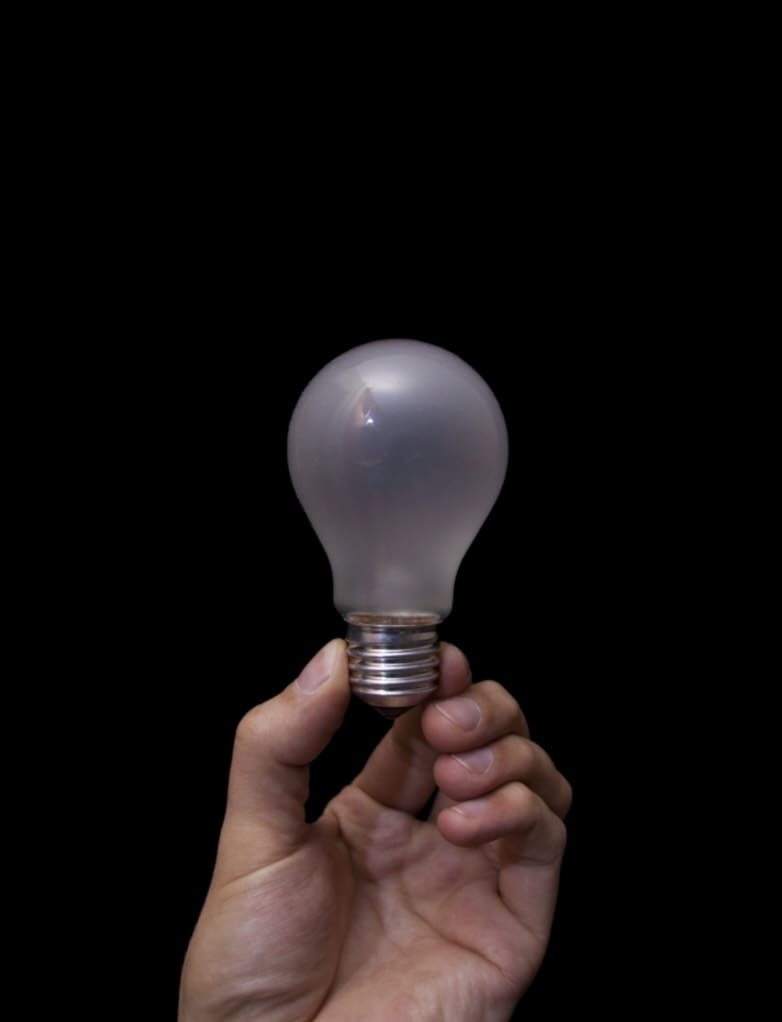
Efficiency and Energy Use
Switching gears to the heart of the matter, it’s crucial to understand the concept of energy efficiency when discussing 60-watt incandescent bulbs. These bulbs notoriously consume more electricity than their modern counterparts, like LEDs and CFLs. Let’s break it down: when an incandescent bulb lights up a room, 90% of the energy it sucks from your grid morphs into heat rather than light. That’s a flagrant waste of power and a recipe for a higher electric bill.
In the world of energy, efficiency is king. It’s all about the lumens – or how much bang you get for your electrical buck. Incandescent bulbs produce about 15 lumens per watt, while LEDs can churn out 50-100 lumens per watt. The math is simple: more light, less energy, more significant savings. It’s no wonder incandescent bulbs are frequently left in the dust.
Furthermore, these old-school bulbs have a shorter lifespan. A typical 60-watt incandescent bulb might last about 1,000 hours, but an LED? Try 25,000 hours on for size. That means you’re saving on monthly energy costs and slashing the frequency of bulb replacement—time, effort, and money—all saved in one fell swoop.
Additionally, one can’t ignore the environmental impact. High energy consumption leads to increased demand for power plants, which often means more fossil fuels are burned, resulting in greenhouse gas emissions. It’s a domino effect that the planet frankly can’t afford.
Clinging to 60-watt incandescent bulbs is like holding onto a leaky bucket – it doesn’t make sense when watertight options are readily available. A tech enthusiast must advocate for more intelligent choices, and LEDs offer a light source that aligns seamlessly with an efficient, modern lifestyle. Embracing the new era of lighting isn’t just about keeping up with trends; it’s about endorsing responsible energy consumption for a brighter and, yes, more illuminated future.
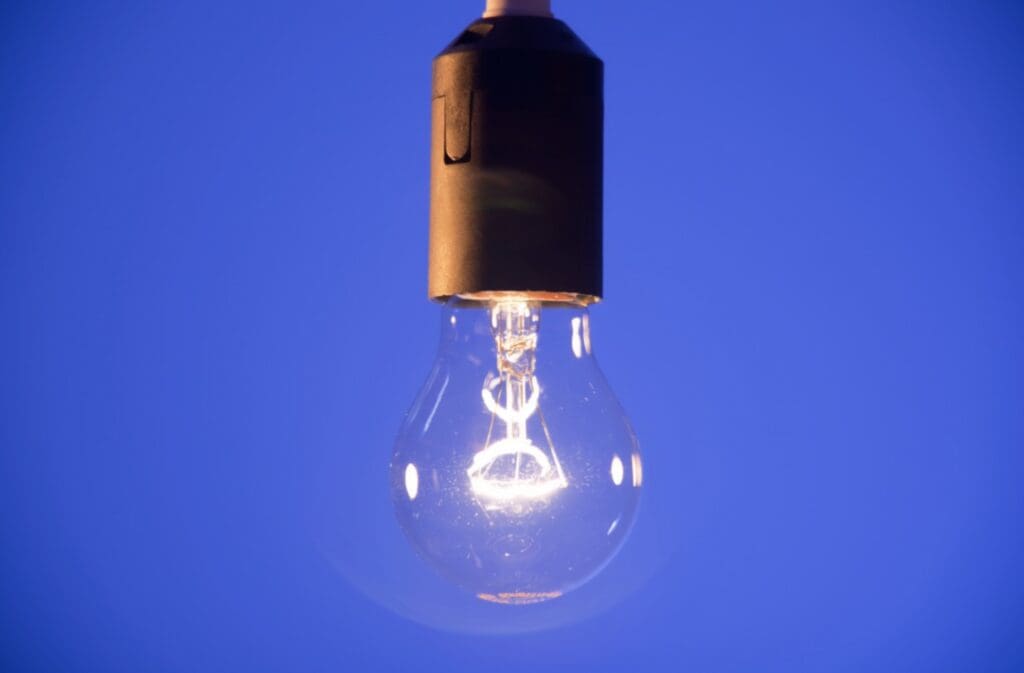
Heat Output and Safety Concerns
Let’s shift the focus to the heat output of incandescent bulbs and explore why this is a concern. Incandescent bulbs are notorious for converting much energy into heat rather than light. About 90% of the energy used by these bulbs is emitted as heat. This inefficiency is not just a matter of higher energy bills—it’s also a safety and environmental issue.
In cramped, poorly ventilated spaces, the buildup of heat from numerous incandescent bulbs can raise room temperatures. This, in turn, can lead to discomfort, the need for increased air conditioning, and ultimately higher electricity consumption. It’s a vicious cycle where inefficiency breeds more inefficiency.
Moreover, this heat isn’t just uncomfortable—it can be dangerous. Incandescent bulbs can reach temperatures high enough to ignite flammable materials. Households and businesses using these bulbs must be cautious with their placement and consider the potential fire risk, especially during the holiday season when festive lights abound.
On the environmental side, higher heat output increases cooling demands, leading to more significant greenhouse gas emissions from power plants. This is particularly significant in warmer climates and during summer, where the battle between lighting and air conditioning can wreak havoc on the grid and the environment.
Admittedly, supporters of incandescent bulbs might argue that in colder climates, the heat emitted is not entirely wasted—it can contribute to warming a room in winter. While this is true, it’s far from an optimal heating method. Traditional heating systems are designed to distribute warmth efficiently throughout a space, something the localized heat from a bulb cannot accomplish.
At the heart of the matter is the broader issue of energy use. Each watt of power consumed in excess strains resources is a step away from sustainability goals. With climate change at the forefront of global challenges, promoting technologies that help reduce our carbon footprint is vital. By embracing alternatives like LEDs, which produce little to no heat and require less energy for the same light output, households and businesses can mitigate the heat-related drawbacks of incandescent bulbs.
In conclusion, the heat output of incandescent bulbs is a cause for concern, affecting everything from individual safety to the planet’s well-being. With superior lighting solutions available, it’s time to phase out these thermal relics in favor of more remarkable, greener, and cost-effective options. The movement toward LED adoption isn’t just about innovation—it’s about making a conscious decision for a sustainable future.
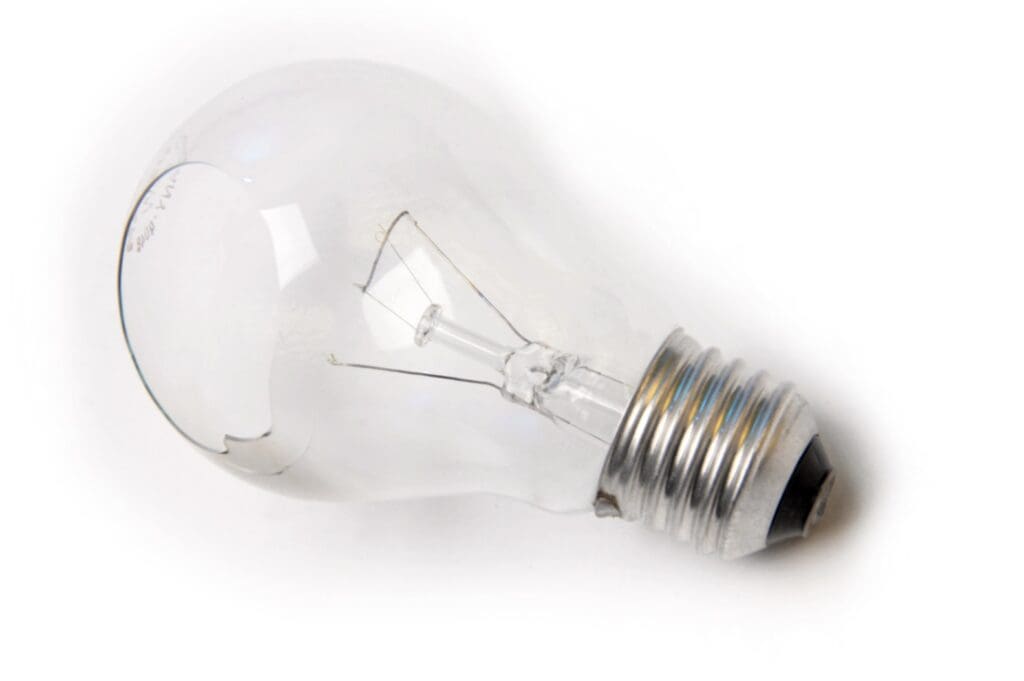
The Phase-Out of Incandescent Bulbs
Moving beyond the discussed aspects, it’s essential to delve into the policy actions that accelerated the phase-out of 60-watt incandescent bulbs. To mitigate the environmental and economic concerns associated with these bulbs, governments worldwide have been setting stricter energy efficiency standards. For instance, legislation like the Energy Independence and Security Act of 2007 mandated a shift towards more energy-efficient lighting in the United States.
The regulations did not ban incandescent bulbs outright but raised the bar on energy consumption standards. Most incandescents, including the popular 60-watt variety, didn’t meet these new standards. As a result, manufacturers had to cease production, paving the way for advanced technologies that better comply with these regulations.
Consumer behavior also played a significant role in the decline of incandescent bulbs. Demand for older bulb types waned as the market became more aware of LEDs’ cost savings and environmental benefits. Concurrently, there was an increase in eco-consciousness among consumers, leading to a preference for products that support a more sustainable lifestyle.
The final blow to the 60-watt incandescent bulb era may well be the advancements in LED technology. LED bulbs are getting cheaper and more diverse in their applications. Innovations have resulted in a vast range of color temperatures, dimming capabilities, and smart home integrations, providing consumers with many options far beyond what incandescent bulbs offer.
In summary, regulation, economic sense, environmental awareness, and technological advancement have jointly ushered in the decline of the incandescent bulb. While nostalgia for their warm glow may remain, the tech-savvy and eco-conscious consumer has embraced the brighter promise of LED technology. Today, the future of home and commercial lighting is undeniably efficient, long-lasting, and in lockstep with an ever-evolving, energy-conscious society.
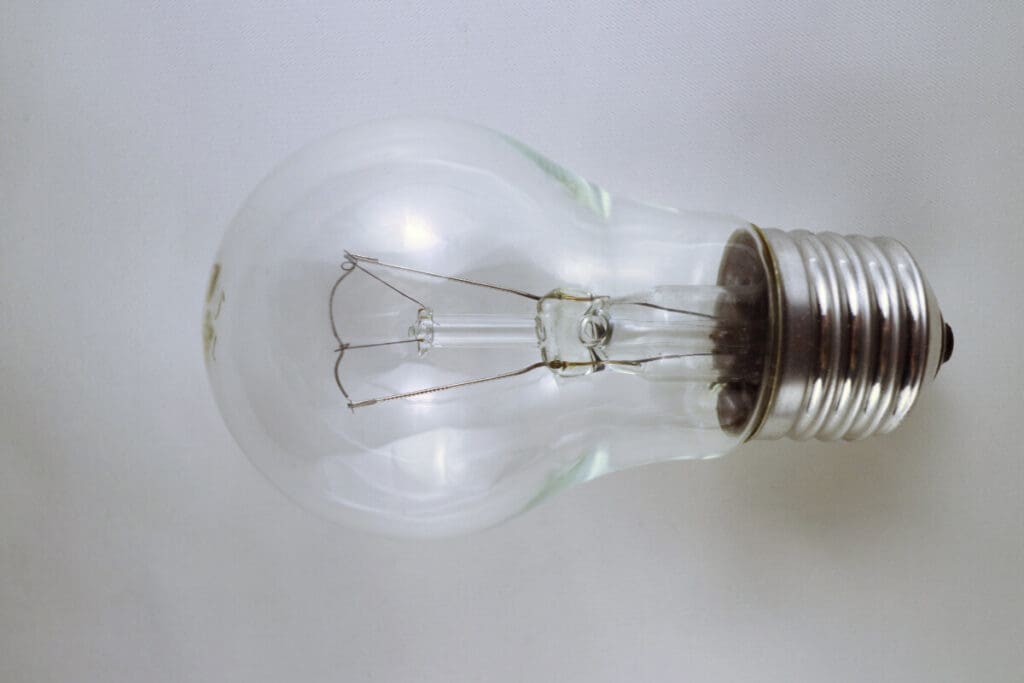
Future Trends and Alternatives
Shifting the Spotlight: Discovering the Vanguard of Lighting Beyond Incandescent Bulbs
Welcome to the era of enlightenment in home and commercial lighting, where cutting-edge alternatives to the classic 60-watt incandescent bulb don’t just exist—they dominate. With a push for ecologically sound practices and savvy energy use, lighting technology is fast-evolving, packing brilliant advantages into smaller, cost-effective packages. Let’s illuminate the market leaders setting the stage for a brighter, cleaner, more technologically advanced future.
First up is the LED revolution. Light-emitting diodes (LEDs) have secured their position as prime successors to incandescent bulbs, offering monumental leaps in efficiency and longevity. Not only do LEDs sip on electricity compared to their voracious incandescent predecessors, but they also shine for up to 25 times longer. That means swapping out bulbs less often—a win for both convenience and the environment.
But the innovation doesn’t halt there. Modern LEDs are getting smarter. These bulbs sync seamlessly with home automation systems, responding to voice commands or the tap of a smartphone. Users can customize the ambiance with tunable color temperatures and brightness levels to craft the perfect mood for any setting.
The Compact Fluorescent Lamp (CFL) remains a stalwart option on the fluorescent front. These spiraled wonders deploy a different mechanism, exciting gas to produce UV light and convert it to visible light via a phosphor coating. This significantly reduces energy use and an impressive leap in operational life span compared to incandescent bulbs.
Moreover, innovators haven’t turned a blind eye to aesthetic appeal. Enter the LED filament bulb—a nostalgic nod with a modern twist. These bulbs resemble the classic incandescent with visible filaments, but don’t be fooled; they’re all LED. They offer the same energy efficiency and longevity benefits and cater to those desiring a vintage vibe without the vintage energy bill.
The evolution continues for niche applications where smart features are in demand. The latest LED bulbs can now change colors, sync with your music, or even help boost your sleep cycle with science-backed lighting schedules. It’s not just about illumination—it’s about personal well-being and ambiance, all controlled from the palm of your hand.
Let’s not forget the big picture, though. With a global pivot to sustainability, these advanced lighting options shine a beacon on the road to reducing carbon footprints, cutting greenhouse gas emissions, and fostering responsible energy consumption. They extend a hand to future generations, illuminating without the hefty ecological price tag.
The alternatives to the 60-watt incandescent bulb are more than just replacements—they’re upgrades. From bright LEDs to beguiling LED filament designs, the choices are abundant, catering to every need, preference, and lifestyle. It’s a bright new world of possibilities where efficiency, longevity, and technological prowess converge to redefine what it means to light up our lives. The question isn’t whether to make the switch—it’s why one hasn’t already.

As the sun sets on the era of the incandescent bulb, we stand at the threshold of a new dawn in lighting technology. The focus now is on a future where light is not only a utility but an intelligent companion that adapts to our needs—energy-efficient, long-lasting, and interconnected.
The shift away from 60-watt incandescent bulbs is not just a response to legislative changes but a reflection of our evolving relationship with energy and the environment. In the soft fade of their luminescence, we find the spark of innovation, igniting a path toward lighting solutions that promise to transform our illuminated landscapes in ways once only dreamed of in science fiction.
If you want to see how Mondoro can help you with your Ul Certified lamp needs, we would love to talk to you about how we can help you.
Find out more about how Mondoro can help you create, develop, and manufacture excellent home decor and furniture products – don’t hesitate to contact me, Anita. Check out my email by clicking here or become a part of our community and join our newsletter by clicking here.
Mondoro gives out a FREE Lookbook to anyone interested. You can receive a copy of our latest Lookbook by clicking here.
Listen to our Podcast called Global Trade Gal. You can find it on all major podcast platforms. Try out listening to one of our podcasts by clicking here.
Subscribe to our Mondoro Company Limited YouTube Channel with great videos and information by clicking here.
Related Content
Why Is It So Hard To Find Solid Wood Furniture Manufacturers?
Locating trustworthy solid wood furniture manufacturers can be an intricate endeavor for retailers and wholesalers. The task’s complexity is rooted in many factors related to solid wood furniture’s production and manufacturing procedures. Read on as we explore the complex task of the search for solid wood furniture manufacturers and how Mondoro can help you.
You can discover more by reading Why Is It So Hard To Find Solid Wood Furniture Manufacturers? by clicking here.
Is There A Market For Reclaimed Wood?
The reclaimed wood method minimizes waste, decreases the necessity for new lumber production, and conserves the timber’s innate allure and historical essence. Moreover, reclaimed wood comes in various types, each possessing unique attributes and rich narratives. Characteristics such as weather-worn patinas, nail indentations, saw traces, and various other blemishes enhance the charm of reclaimed wood, making it a treasured choice among designers and builders.
You can discover more by reading Is There A Market For Reclaimed Wood? by clicking here.
What Is Solid Wood vs. Engineered Wood?
Solid wood is cut down from the tree, cut into wood boards, and used for manufacturing. On the other hand, engineered wood is considered manmade as it is usually manufactured with wood chips, wood shavings, and an adhesive. Today the manufacturing of engineered wood is extremely technical.
You can discover more by reading our blog All About Teak Wood And Outdod? by clicking here.

